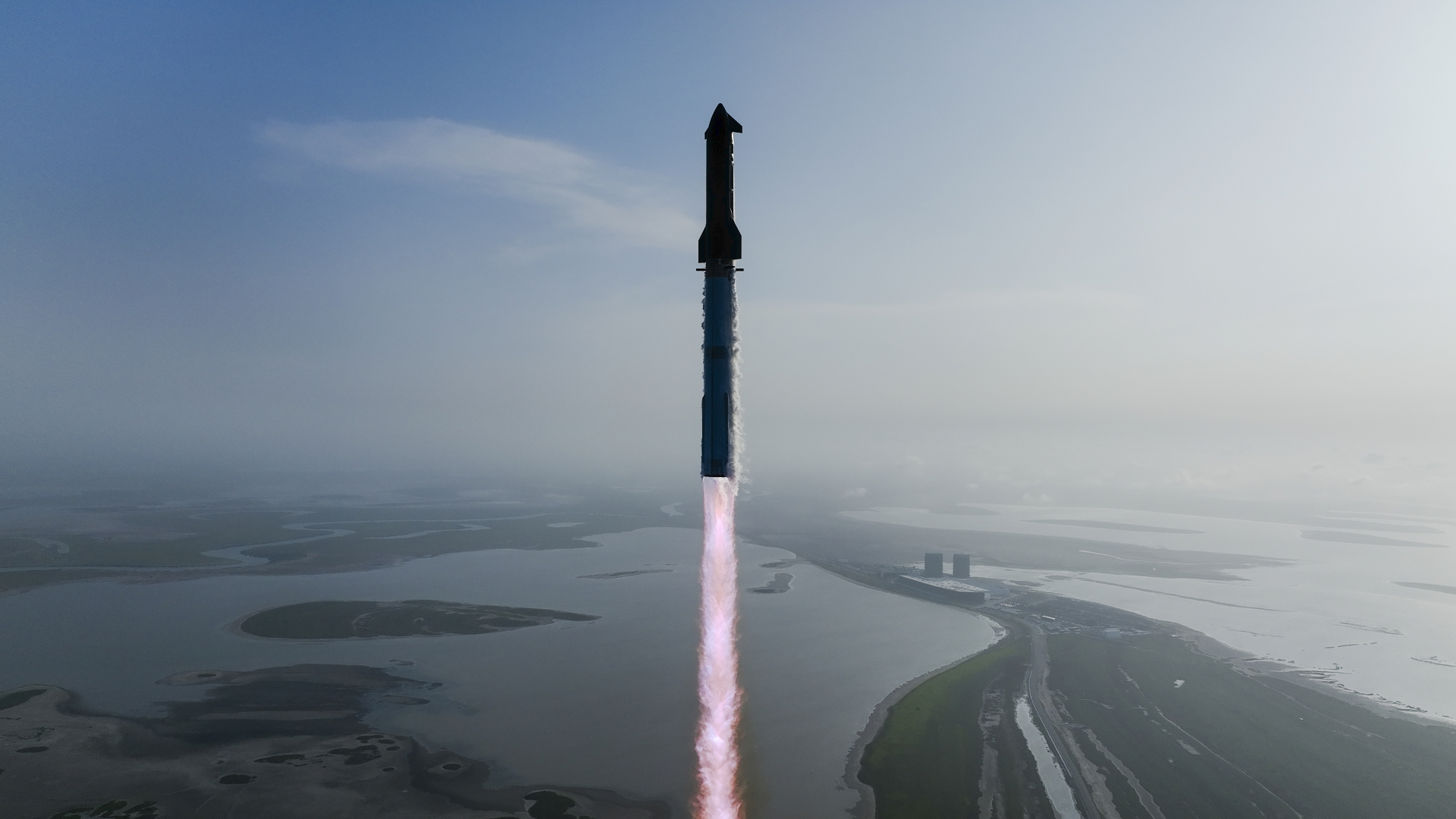
The world will get its first look at Virgin Galactic's new suborbital space plane today.
Virgin Galactic will roll out the next SpaceShipTwo, and reveal the new craft's name, today (Feb. 19) during a ceremony at the company's manufacturing facility at the Mojave Air & Space Port in Southern California.
The new vehicle is the second SpaceShipTwo to be built. The first, which was called VSS (for Virgin Spaceship) Enterprise, broke apart during a tragic test-flight accident on Oct. 31, 2014, that claimed the life of co-pilot Michael Alsbury and seriously injured pilot Peter Siebold. [Video: How Virgin Galactic Is Testing the New SpaceShipTwo]
"It's a great thing for the industry, [showing] that we can bounce back from hardships," Eric Stallmer, president of the Commercial Spaceflight Federation, said of Friday's roll-out (which famed astrophysicist Stephen Hawking is expected to attend).
"We're just one step closer to the democratization of space," Stallmer told Space.com.
An investigation by the U.S. National Transportation Safety Board (NTSB) determined that the October 2014 crash occurred because VSS Enterprise's "feathering" re-entry system deployed too early, and that the early deployment was the result of Alsbury unlocking the system at the wrong time.
The NTSB report found that Scaled Composites, the Mojave, California-based aerospace firm that built VSS Enterprise for Virgin Galactic, failed to adequately protect "against the possibility that a single human error could result in a catastrophic hazard to the SpaceShipTwo vehicle."
Breaking space news, the latest updates on rocket launches, skywatching events and more!
The Spaceship Company, a Mojave-based subsidiary of Virgin Galactic, built the second SpaceShipTwo. The new vehicle — which was already under construction when VSS Enterprise was lost — features safeguards that will protect against the premature deployment of the feathering system, Virgin representatives have said.
The six-passenger, two-pilot SpaceShipTwo is designed to be carried to an altitude of about 50,000 feet (15,000 meters) while attached beneath an airplane called WhiteKnightTwo. The space plane then detaches and turns on its onboard rocket engine, which blasts the vehicle up to suborbital space.
Passengers on SpaceShipTwo will be able to see the curvature of Earth against the blackness of space and experience a few minutes of weightlessness during operational flights, Virgin representatives have said. Tickets for this experience currently cost $250,000, and hundreds of people have put down deposits to reserve seats.
It's unclear when the new SpaceShipTwo will start commercial operations; the vehicle will need to prove itself first, via a series of test flights. (VSS Enterprise completed dozens unpowered "glide" flights before embarking on a powered-flight campaign; the craft crashed during its fourth rocket-powered test.)
The lessons learned from VSS Enterprise's test flights — including its tragic final flight — will help make the new SpaceShipTwo a better, safer vehicle, Stallmer said.
Spaceflight "is not a perfect science," he said. "It's constant improvement."
Follow Mike Wall on Twitter @michaeldwall and Google+. Follow us @Spacedotcom, Facebook or Google+. Originally published on Space.com.
Join our Space Forums to keep talking space on the latest missions, night sky and more! And if you have a news tip, correction or comment, let us know at: community@space.com.

Michael Wall is a Senior Space Writer with Space.com and joined the team in 2010. He primarily covers exoplanets, spaceflight and military space, but has been known to dabble in the space art beat. His book about the search for alien life, "Out There," was published on Nov. 13, 2018. Before becoming a science writer, Michael worked as a herpetologist and wildlife biologist. He has a Ph.D. in evolutionary biology from the University of Sydney, Australia, a bachelor's degree from the University of Arizona, and a graduate certificate in science writing from the University of California, Santa Cruz. To find out what his latest project is, you can follow Michael on Twitter.
